Time Period: Early Twentieth Century (1901 - 1940)
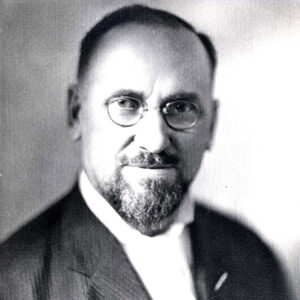 Paul M. Heerwagen
Paul M. Heerwagen
Paulette, Gene
 Gene Paulette
Gene Paulette
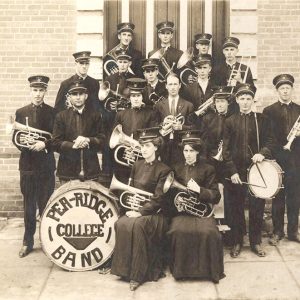 Pea Ridge College Band
Pea Ridge College Band
 Pea Ridge Confederate Monument
Pea Ridge Confederate Monument
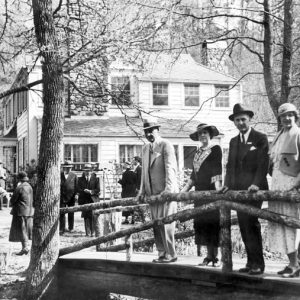 Peaceful Valley
Peaceful Valley
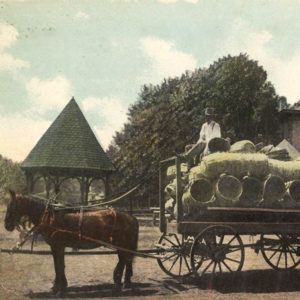 Peach Baskets
Peach Baskets
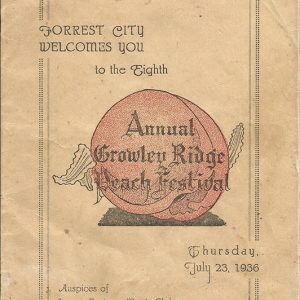 Peach Festival Program
Peach Festival Program
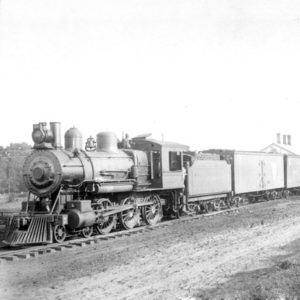 Peach Train
Peach Train
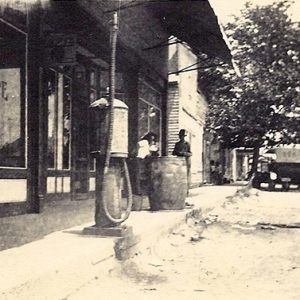 Peach Orchard
Peach Orchard
 Peach Sprayers
Peach Sprayers
Peake High School
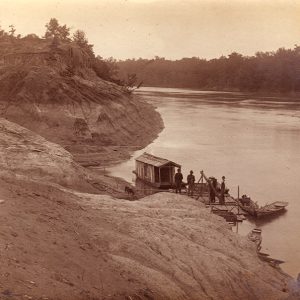 Pearl Boats
Pearl Boats
 Pearlers
Pearlers
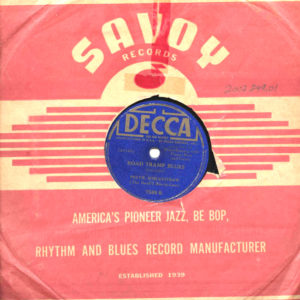 Peetie Wheatstraw Recording
Peetie Wheatstraw Recording
Pellagra
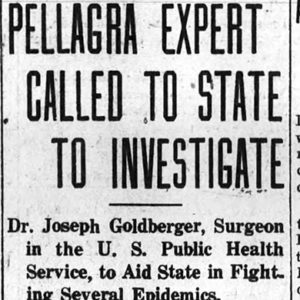 Pellagra Investigation
Pellagra Investigation
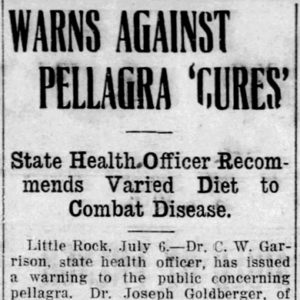 Pellagra Treatment
Pellagra Treatment
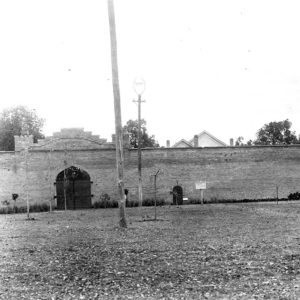 Penitentiary Entrance
Penitentiary Entrance
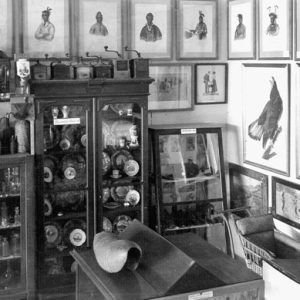 Penrod's Museum
Penrod's Museum
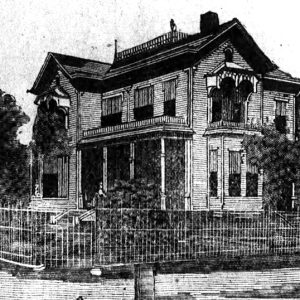 Charles F. Penzel House
Charles F. Penzel House
Peonage
Perry Rock Island Railroad Depot
 Perryman Hardware
Perryman Hardware
 Lloyd Perryman
Lloyd Perryman
Perryville American Legion Building
aka: Doyle-Leach Post American Legion Hut
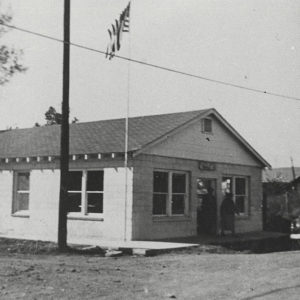 Perryville Fire Station
Perryville Fire Station
 General Pershing Reviewing Troops
General Pershing Reviewing Troops
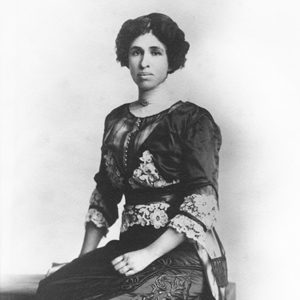 Charline Person
Charline Person
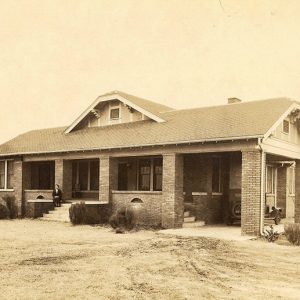 Charline Person Home
Charline Person Home
Person, Charline Woodford Beasley
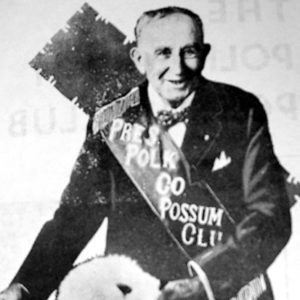 B. S. Petefish
B. S. Petefish
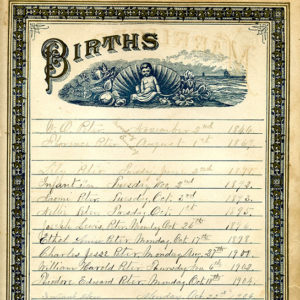 Peter Family Bible
Peter Family Bible
Petit Jean Meats
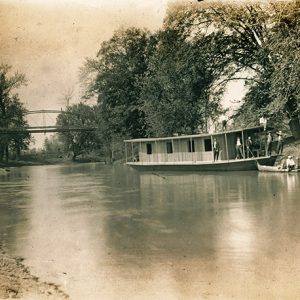 Petit Jean River at Danville
Petit Jean River at Danville
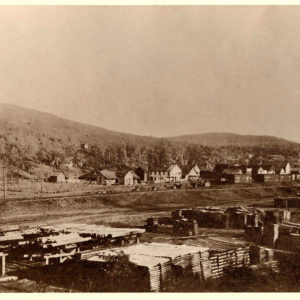 Pettigrew View
Pettigrew View
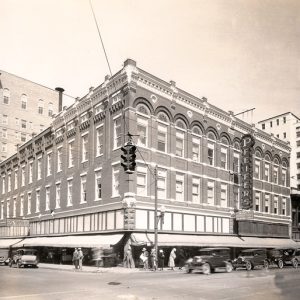 Pfeifers Building
Pfeifers Building
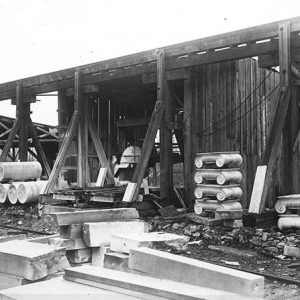 Pfeiffer Quarry
Pfeiffer Quarry
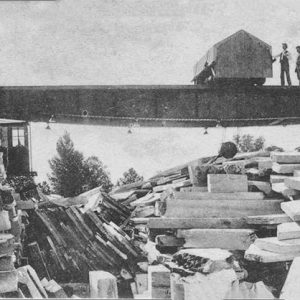 Pfeiffer Stone Quarry
Pfeiffer Stone Quarry
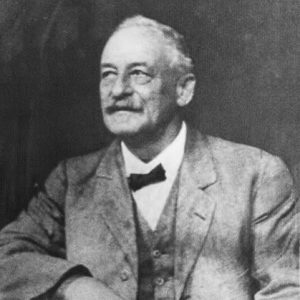 Charles Pfeiffer
Charles Pfeiffer
Pfeiffer, Pauline
 Pauline Pfeiffer
Pauline Pfeiffer
 Philadelphia Phillies
Philadelphia Phillies
Phillips County Courthouse
Phillips County Penal Farm Historic District
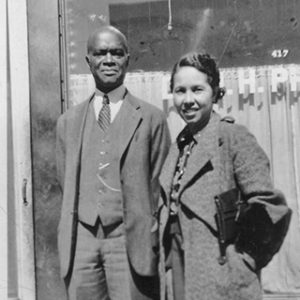 Harold and Kate Phipps
Harold and Kate Phipps
Phoenix Hotel
Physical Education Building (Arkansas Tech University)
aka: Techionery Building
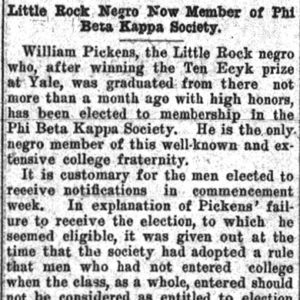 William Pickens Article
William Pickens Article




